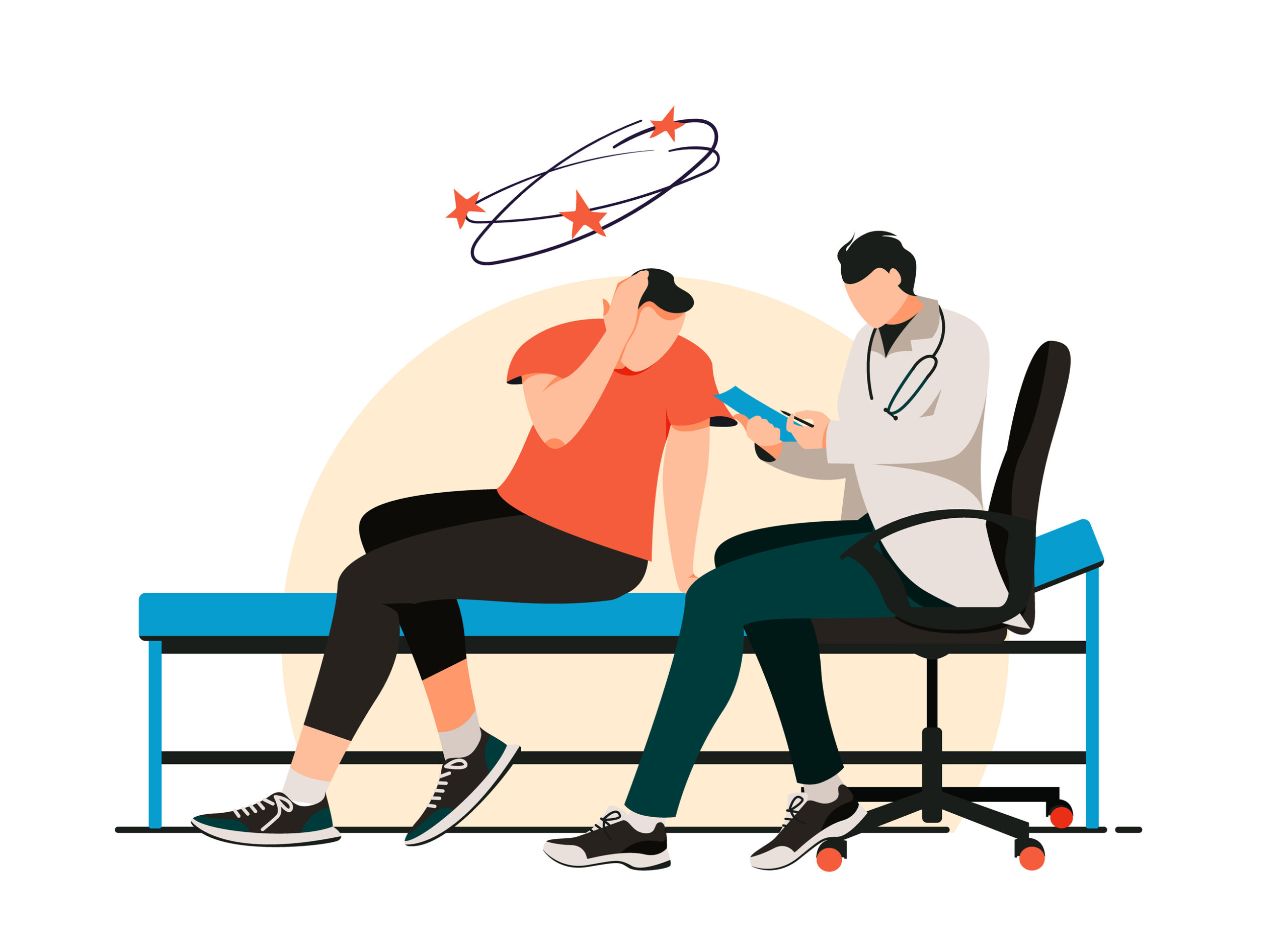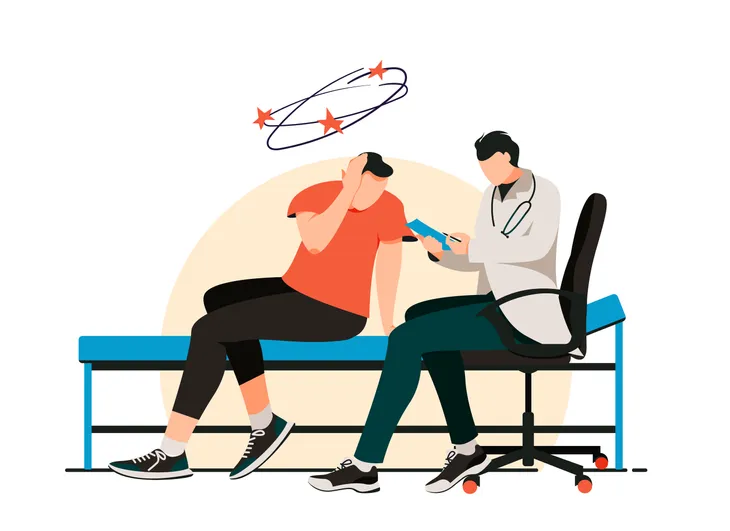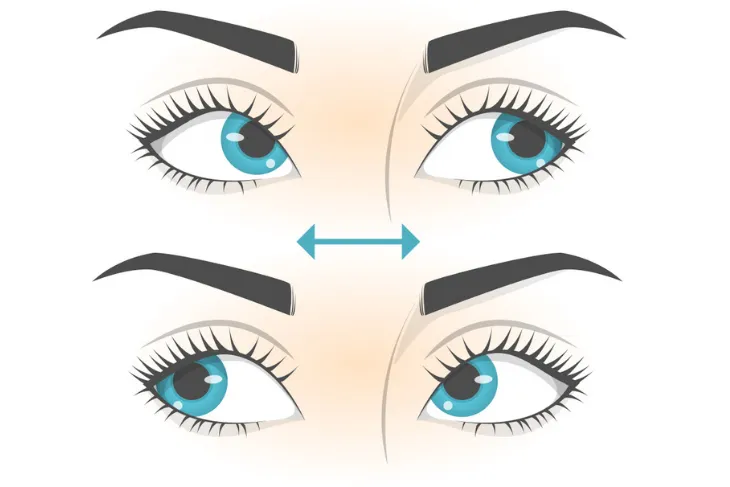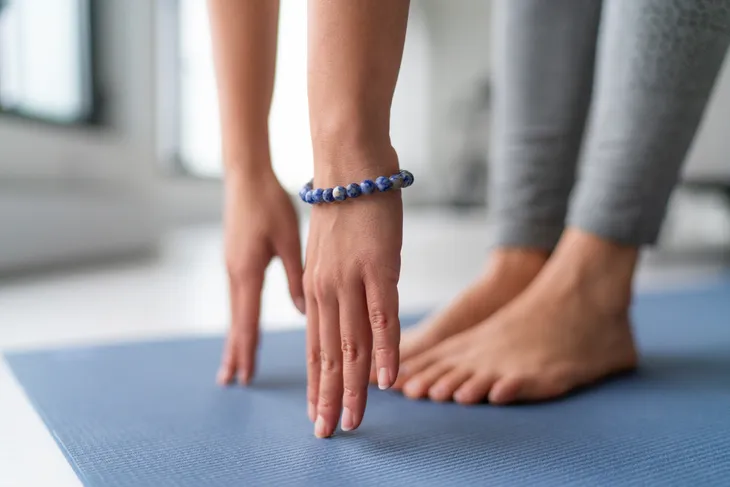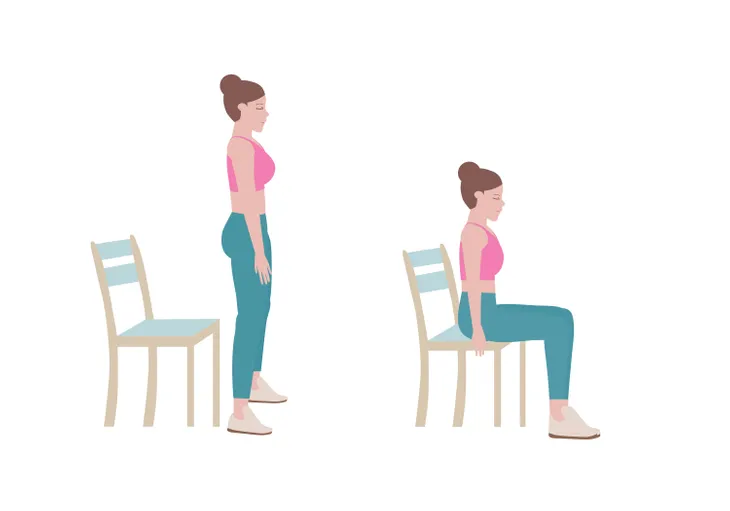Often stemming from issues with the inner ear, brain, or a sensory nerve pathway, vertigo causes a person to feel like their environment is spinning even when they are standing perfectly still. While it’s not a life threatening condition, it can be quite frustrating and interfere with daily activities. It can also cause a person to feel quite ill.
The best way to treat vertigo is by first determining the cause, however there are some exercises that can help improve or relieve any symptoms associated with vertigo. Here’s a look into the best exercises to relieve vertigo…
What is Vertigo?
Vertigo causes a person to feel a sensation of dizziness or as if their environment is spinning. There are two main types of vertigo, says Medical News Today. Central vertigo relates to the brain and is responsible for about 20-percent of vertigo cases. The remaining 80-percent of cases are due to peripheral vertigo, most often caused by problems with the inner ear or vestibular nerve.
Peripheral vertigo is commonly linked to another health issue known as benign paroxysmal positional vertigo (BPPV). “It can result from the displacement of calcium-carbonate crystals in the inner ear, which disrupts the person’s balance,” explains the source.
Vertigo Exercises
There are certain exercises that can be used to help treat vertigo, but these are usually only effective for those who are suffering from BPPV. In this case, the activity helps redistribute the crystals, says Medical News Today.
For other types of vertigo, these won’t be as effective. If your doctor determines that you have BPPV, ask for a referral to a physical therapist. They will be able to help guide you through these exercises and ensure you perform them correctly and make adjustments as needed.
Brandt-Daroff Exercise
WebMD recommends starting in an upright position sitting on the bed. Tilt the head to a 45-degree angle away from the side affected by vertigo. Transition to lying down on one side with your nose pointed upwards. Stay here for 30-seconds or until the vertigo eases. Then move back to a seated position. Repeat this exercise on the opposite side.
The source recommends doing the brandt-daroff exercise three to five times per session with three sessions a day for up to 2 weeks (or until the vertigo is completely gone for a full two days).
Semont Maneuver Exercise
The semont maneuver can be used to relieve dizziness from the left ear and side. Start by sitting on the edge of the bed and turning your head 45-degrees to the right. WebMD suggests moving to a horizontal position on the left side and staying here for 30-seconds.
Next, “quickly move to lie down on the opposite end of your bed. Don’t change the direction of your head,” writes the source. Remain here for 30-seconds and keep the head at a 45-degree angle. Look at the floor. After the 30-seconds is up, slowly return to a sitting position and wait a few minutes. Reverse these moves to perform for the right ear.
For the best results, WebMD suggests practicing this exercise three times a day until the vertigo is gone for a full 24-hours.
Epley Maneuver Exercise
Start by sitting on the edge of the bed with the head at a 45-degree angle toward the left side (but not as far as the left shoulder). Put a pillow so that when you lie down, it rests between your shoulders, not the head. Once that’s in place, quickly lie down on your back with your head on the bed at a 45-degree angle. Make sure the pillow is still under your shoulders and wait 30-seconds. Make sure vertigo symptoms are gone before moving on.
Next, turn the head to the right, halfway to a 90-degree angle without raising it. Hold this position for 30-seconds. Then turn the head and body to the right side so that you’re looking at the floor. Again, hold for 30-seconds. Afterwards, slowly sit up but remain on the bed. “If the vertigo comes from your right ear, reverse these instructions,” writes WebMD. “Sit on your bed, turn your head 45 degrees to the right, and so on.”
Perform these movements three times in a row before bed each night until the vertigo has disappeared for at least 24-hours.
Foster Maneuver or Half-Somersault Exercise
Start in a kneeling position looking at the ceiling. Tuck the chin and bend forward toward the ground so the head moves toward the knees. Hold this position until any symptoms of vertigo stop (about 30-seconds). Next, turn the head in the direction of the affected ear. (i.e. if dizziness is on the left side, turn to face left elbow). Hold this for 30-seconds.
“Quickly raise your head so it’s level with your back while you’re on all fours. Keep your head at that 45-degree angle,” writes the source. Again, wait for 30-seconds. Finally, quickly raise the head so that it’s fully upright but keep it turned toward the shoulder of the same side. Finish the exercise by slowly returning to a standing position.
You might have to perform these movements several times in order to find relief. Make sure to take breaks in between. Rest for 15-minutes before doing it again for a second time, warns WebMD.
Safety Tips
While these exercises are used to help treat the symptoms of vertigo, they can cause some temporary dizziness, warns Healthline. It’s important to move slowly and listen to your body. If experiencing any dizziness, wait 30-seconds (or until it passes) before continuing on. The source also recommends waiting 30-seconds before standing up.
You also need to get a formal diagnosis for BPPV before performing these exercises because if BPPV isn’t the root cause, these exercises could cause more dizziness. Talk to your healthcare provider who can assess your needs and give a formal recommendation on how often to perform these exercises. They can also provide modifications for people with limited mobility.
Cawthorne Head Exercises
Also known as Cawthorne-Cooksey exercises, are exercises that involve moving the head and eyes to gain better control of them. They are a type of vestibular rehabilitation therapy, says Healthline, which can help to improve balance and hand-eye coordination. They are often used to treat vertigo, but check with a doctor first before trying any of them.
Eye Movement and Head Movement
This exercise is super simple and doesn’t require much movement, aside from the eyes. Healthline explains that the best way to perform this exercise is to keep the head perfectly still and move the eyes side to side, then up and down. You should repeat this exercise 10 to 20 times. Start slow, then move faster.
The other exercise is called head movement which is exactly how it sounds. Move the head slowly from side to side, says Healthline. You can also move it up and down. Be sure to keep the eyes open. Again, repeat 10 to 20 times starting slow at first and then moving faster as you feel more comfortable.
Toe Touches and Shoulder Shrugs
Be careful with balance while performing toe touches which requires you to bend over slowly and touch your toes anywhere from 5 to 10 times. Healthline advises staying aware of your head movement at all times and keeping the eyes open. Keep a fixed gaze and allow the head and body to follow.
Another simple exercise is shoulder shrugs. From a seated position, shrug the shoulders up and down about 10 to 20 times.
Sit to Stand
You’ll need a chair or some kind of bench for this exercise which requires going from a standing position to sitting. Be sure to start at a slow pace with eyes open. Once you get more comfortable, you can try this exercise with your eyes closed.
Move from a seated position to standing. Keep your back straight and head level. Repeat 10 to 20 times.
Other Treatments
In addition to these exercises, there are other ways to treat vertigo. In some cases, no intervention is needed and it will resolve on its own. According to Medical News Today, the best way to determine how to treat vertigo is based on the cause.
If it’s due to a bacterial ear infection, then antibiotics would be the most effective solution. “They may prescribe or recommend other drugs, such as antihistamines or antiemetics, which can help reduce motion sickness and nausea,” writes the source.
Other home remedies are ginger tea or Ginkgo biloba.
